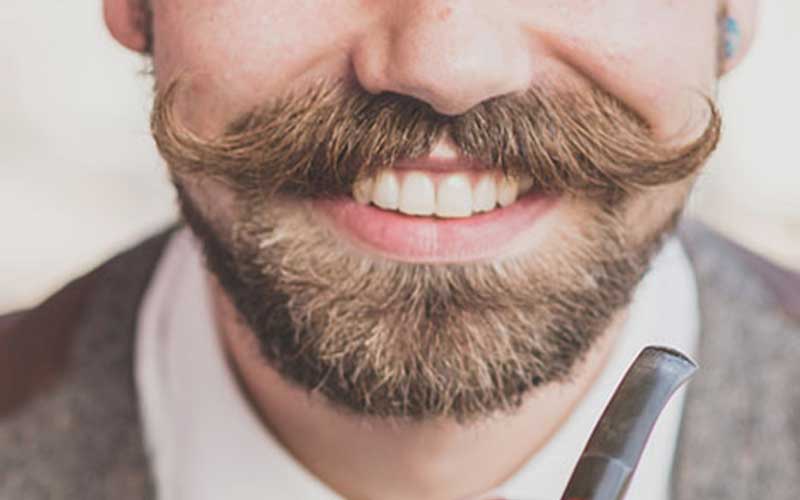Free Consultation Form
Moustaches are an important facial feature for men and make facial expression evident. Someone who has a lack of mustache may experience a low self-confidence when he notices this deficiency on his face. This can make it feel more shy in social interactions or business life.
The lack of mustache may vary depending on personal preferences and aesthetic expectations. For some people, lack of a mustache may not be a major problem, but for others it can have a significant impact on their daily lives.
Mustache Planting for Permanent Solution

For a permanent solution, mustache transplant can provide aesthetic satisfaction by completely eliminating the lack of mustache. Mustache transplant is a preferred method for achieving lasting results that are suitable for one’s natural face structure.
Mustache transplant is usually done using the FUE method. In this process, the firm hair roots taken from one’s own hairy skin are planted in the mustache area.
Mustache transplant is done under local anesthesia and is
usually applied to ensure the comfort of the patient. The nape region or other parts of the body for mustache cultivation can be used as a donor area. Hair roots from the donor area are carefully planted in the mustache area and grow naturally over time.
Hair roots planted after planting mustache are poured first, and then new hair comes out naturally. The full recovery process can usually take several months, and the results become apparent in accordance with one’s natural mustache structure.
Mustache transplant is often preferred for men who want to give sparse or spilled mustache areas a full and aesthetic look. The process is usually safely implemented and serious complications are rare.
Care and Considerations After Mustache Planting?
It is important to rest after mustache transplant and limit physical activities. At least the first few days you should avoid intense physical activities.
The planted and donor areas should be protected against impacts and friction. You should avoid touching, rubbing or touching the mustache area which can cause itching.
You can apply cold press as recommended by your doctor to reduce post- transplant swelling and bruises.
You should regularly use the medications your doctor has prescribed. Medicines are given to reduce the risk of infection and support recovery.
It is important to keep your head high while sleeping in the early days, reduce swelling and regulate blood flow.
During the first few days, you should avoid using hair styling products or makeup products to the mustache area. The mustache should be left to heal naturally.
Itching and crusting sensation may occur in the planted mustache area. You should be careful not to scratch the mustaches or tear off the shells and damage them.
After the procedure, you should regularly carry out the checks determined by your doctor. This is important to follow the recovery process and to intervene when necessary.
If you are considering mustache transplant, it is important to choose an experienced surgeon or a specialist clinic that will perform the process. You should also consider your doctor’s advice before and after the procedure and provide the right care. Since everyone’s mustache structure is different, a personalized approach should be adopted.
How Long Does Moustache Planting Process Take?

The mustache transplant process can vary depending on the amount of hair roots to be planted in the person’s mustache area and the desired density. However, usually the planting of a mustache can be completed between about 2 to 4 hours. The procedure is performed under local anesthesia and is usually applied to ensure the comfort of the patient.
Are There Mustache Planting Risks and Side Effects?
Although mustache transplant is usually a safe and successful process, as with any surgical procedure, mustache transplant has some risks and side effects. There may be potential risks and side effects that may occur after the transaction, these are:
Infection, swelling and bruises, crusting and itching, tenderness in the field of peanut planting, failure to plant a mustache, problems in the donor area and trace, asymmetrical and unnatural appearance.
The above risks and side effects can often be minimized
when mustache cultivation is done by a specialist surgeon and appropriate care and follow-up is provided. It is important to follow your doctor’s recommendations after planting a mustache, support the healing process and report possible problems quickly.